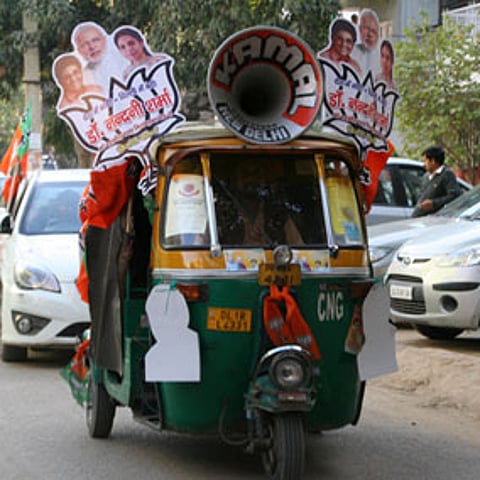What does Delhi tell us?
The results of the recent Delhi Assembly elections raise a new set of questions regarding India's changing electoral dynamics. The Bharatiya Janata Party (BJP) has seemingly become the victim of the same phenomenon that Congress fell to during the general elections in 2014 – higher and growing aspirations and expectations of the electorate. While aspirations were raised with the language of development used by Congress, these came to be appropriated by Narendra Modi and the BJP. Now it looks like the hype around the so-called 'Gujarat model' has caught up with Modi and his party as people sought change and wanted to see if the Aam Aadmi Party (AAP) can do something more substantial than what BJP has demonstrated since coming to power.
In this moment of a new kind of conformist optimism, the electorate appears willing to play by the rules, but is stretching its expectations in order to put pressure on the parties to initially promise wonders and then punish them for not delivering on them once in power. In this play, the BJP failed to come up with anything dramatic that could capture the imagination of the electorate. Instead, it looked like a party that was playing a rather old tune that has long been unable to keep pace with the Indian voter.

